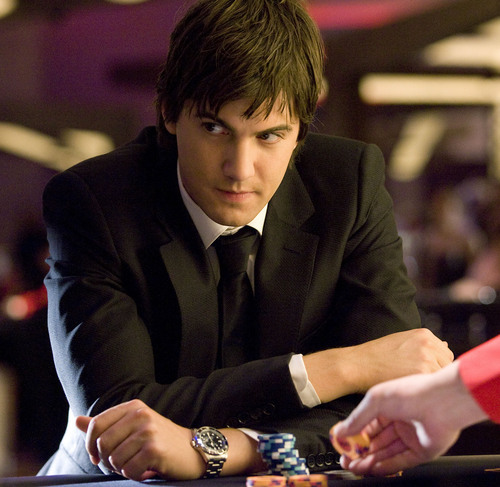The Women
Posted on September 23, 2008 at 8:00 am
It isn’t so much that they have updated or re-invented the brilliantly acidic Claire Boothe Luce play that was adapted for a classic 1939 movie; they completely misunderstood it. The surface details of the original may need updating but its essential message and mordant wit are timeless. This version, in the works for more than a decade, is soft-focus but high-gloss, substituting empowerment for devotion. It is entertaining but it has a bitter aftertaste.
The original, the musical remake with June Allyson, and the new version all center on Mary Haines (Meg Ryan), who seems at the beginning to have it all — a beautiful home, a great job, good values, a loving family, and a lot of women friends, and who discovers that her husband is having an affair with a girl from the perfume counter. The original was written at a time when the daily lives of New York society women were as unknown and exotic to the men in their lives as to everyone who did not live on 5th Avenue. Each character was an example of one of a range of different coping mechanisms for the pampered birds in their silver cages. Without a single male in the cast, the story was told in women-only settings like an afternoon bridge game, a luxurious day spa, elegant stores, and a Nevada ranch-full of women establishing their six-week residency as the only way back then to get a divorce. Most of the characters were silly, selfish, cynical, or alone. And Mary painfully learned that “pride is a luxury a woman in love can’t afford.” Her husband and family must come first.
In this Oprah-fied version, it’s still an all-female story, and sistahs are doin’ it for themselves. The diamond rings on their fingers are gifts the women exchanged with each other. Mary says that she lost her job, her husband, and her best friend, and it is the best friend she misses most. And Mary’s great revelation comes from asking herself not what is best for her family but what she wants.
Some worthwhile thoughts about the way women lose themselves in what Oprah calls “the disease to please” are lost in the new-agey self-absorption of tasks like making a collage of magazine cut-outs to define your dreams and transforming your life by straightening your previously adorably curly hair. In the original, a woman’s heart got a make-over. Here, it’s just her hairstyle. And the actresses, who have the benefit of great genes and the finest cosmetic treatments in the world, have the chutzpah to do a post-credits coda reminding those of us in the audience who are not out at the parking lot already that inner beauty is what matters.
The all-star cast is sublimely watchable, especially Mary’s close friends: Annette Benning as a harried single magazine editor, an ever-pregnant earth mother (Debra Messing), and the spirited gay friend (Jada Pinkett-Smith). Bette Midler shows up as a brassy multi-married agent and the femme fatale behind the perfume counter is Eva Mendes. There are some clever in-jokes for fans of the first version and the able cast knows how to give the dialogue from writer/director Diane English snap. But the script makes the same mistake its characters do — it tries to do too much and to be whatever everyone wants.
This movie is less true to the original than it is to the girlcrush/shopping fetish “Sex in the City.” Instead of wit we get quips. Instead of poignant conversations about love and loss we get wisecracks and shoe shopping. “What do you think this is, some kind of 1930’s movie,” one character asks. We wish.

